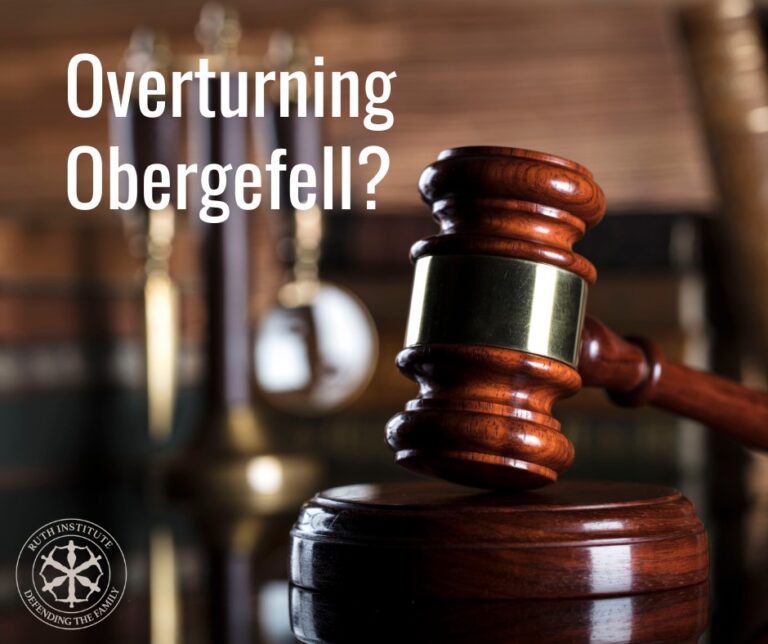by Jennifer Roback Morse
This article was first published Jun. 25, 2019, at NCRegister.com.
in both the victims and the perpetrators of clerical sexual abuse.
The clergy sexual abuse and cover-up scandal evokes powerful emotions. Some people become protective of their views of interecclesial politics. Others
become defensive of the Church in general. And the subject of clergy sex abuse itself is intrinsically revolting. Precisely because of these varied
and visceral emotions, we must examine the facts with as much sobriety and objectivity as we can muster.
In “Receding Waves: Child Sexual Abuse and Homosexual Priests Since 2000,” Father Paul Sullins
finds surprising changes in both the victims and the perpetrators of clerical sexual abuse — and also, more generally, from the more general
standpoint of today’s Catholic priesthood. Every one of these changes is sure to upset someone’s preconceived notions about what is going on and what
we ought to do.
Recent Abuse Is Different
First, let’s take a look at the victims of clergy sexual abuse since 2000.
Fewer males are being abused: The most striking finding in this new report is the decline in proportion of male victims. The
percent of abuse victims who were male plummeted from 74% in 2000 to only 34% by 2016. In 1985, males comprised 92% of victims and averaged 82% from
1950 to 1999 (Figures 3 and 4). This finding may disturb those who think that getting the active homosexuals out of the priesthood will solve all the
problems. We will still have to be vigilant to protect girls from abuse. The data clearly show a steady number of female victims, year in and year
out.
On the other hand, reducing the number of homosexually active clergy will solve a big chunk of the problems. The data show pronounced changes in the numbers
of male victims over time. In fact, the changes in male victims pretty much account for the changes in total victims (Figure 14).
And, as Father Sullins showed in the Ruth Institute’s earlier report from 2018, the numbers and percentages of male victims track almost perfectly with the numbers of priests who describe themselves as homosexual (Figure 10 from
the 2018 report).
The combination of these facts makes “clericalism” highly unlikely as a causal factor. What sort of undue deference to the clergy could account for a steady
stream of female victims and, at the same time, wild swings in male victims? Clericalism is not a good thing, to be sure. But as a causal explanation,
it is looking thinner all the time.
Victims being abused today are older: Recent abuse has involved older victims past puberty. Since 2000 half
(50%) of abuse victims were teenagers aged 14-17; before 2000, only a third (33%) were this old (Figures 3 and 4). This means that true pedophilia,
meaning sexual activity with pre-pubescent children, has been declining. Separating out pedophilia distinctly from sexual orientation as a causal factor
is becoming a greater stretch.
Recent Perpetrators Are Different
Mostly not newly ordained priests: Since 2000 only a small fraction (11%) of abuse has been perpetrated by newly ordained
priests (that is, those who have been ordained for less than 10 years), while over half (52%) of abuse has been perpetrated by priests ordained 30
years or more. This reverses the pattern before 2000, when a third (31%) of abuse was due to newly ordained priests and only 10% by priests ordained
30 years or more. (See Figure 7.) This suggests that we cannot blame young, testosterone-fueled men for clergy sex abuse.
In fact, since the 1960s, priests engaged in child sex abuse have been relatively concentrated in two age groups: one ordained in the late 1960s and early
1970s and the other ordained in the early 1980s (Figure 8). Tracking these men over the years, one can see that men ordained in these time periods
account for an outsized number of abuse incidents.
For instance, Father Michael Guidry was in his 70s when he molested the 16-year-old son of one of his parish’s deacons. Father Guidry was ordained in 1971.
Father Robert DeLand, the Saginaw, Michigan, priest who was finally caught when a detective “wired”
the 17-year-old potential victim, was ordained in 1973. Men in their 70s
usually do not normally groom teenagers for sex.
Few are homosexual: We do not have data on homosexual ordinations after 2000. Based on the sharp decline in the numbers of male
victims of clergy sexual abuse, we surmise that fewer men of homosexual inclination are being ordained. In the 1980s as many as half of new ordinations
were of homosexual men.
This is a good time to emphasize one of the Ruth Institute’s recommendations: “The
Church or interested scholars and lay organizations should conduct further research on clergy self-description of their patterns of sexual attraction
and behavior.” Father Sullins’ analysis of self-described sexual orientation of the clergy is based entirely on a 2002 Los Angeles Times survey.
No systematic survey has been conducted since that time. It would be beneficial to have direct information, rather than having to draw inferences.
Recently Ordained Priests Appear to Be Different
Orthodox, faithful, younger priests: The drop in homosexual ordinations is congruent with the rise of a newer generation of young,
orthodox candidates for the priesthood. Anecdotal evidence suggests that the current generation of seminary directors is more likely to exclude men
with deeply rooted homosexual tendencies from the path to priesthood. This policy, if indeed it is a conscious policy, conforms to long-standing papal
instruction as well as a theology of priestly celibacy as a calling reserved for heterosexual men, capable of marriage and fatherhood.
Aging homosexual priests: Today, half of all Catholic priests are between the ages of 60 and 84. Father Sullins
estimates that about one in five of these priests self-describes as homosexual compared with less than one in 30 priests under age 50 who describe
themselves as homosexual. As the wave of older homosexual priests passes on in coming years, the share of homosexual men in the Catholic priesthood
will drop rapidly.
What does all this mean to the average Catholic? It means that the truth of the Church’s teaching on marriage, family and sexuality has not been undone
by the recent scandals. We have reason to be hopeful that the younger generation of priests, the “John Paul II generation,” are less inclined to sexual
misbehavior.
At the same time, as I indicated in my previous column, not all is well in the Church just yet — and we must continue to be vigilant to protect girls
and boys alike. It means that people who are tempted to “jump ship” and abandon the Church have every reason to be hopeful and stay. We need the most
sensitive and morally serious souls to stay!
We know that God writes straight with crooked lines. With God’s grace, and our fidelity, our Church and our country may yet become the holiest ever known.
Let this be our finest hour.



